It is, perhaps, one of the most ignored and underrated accessories of all SUP. You may even not realize its true worth unless you find the piece missing from your board. I am talking about the ubiquitous SUP fin.
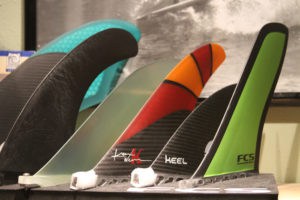
A Silent Performer – Your Paddle Boards Fin
If the fin were a person, it would easily be the quiet, hardworking type that we often tend to pass by. They seldom draw attention to themselves, but their absence is felt. The same thing can be said about the SUP fin. Try taking a board out without one of them, and you will know what I am talking about.
An interesting bit of trivia is that early SUP boards came without them. Paddle-boarders would literally steer with their toes as the boards had little sense of direction. No surprises there.
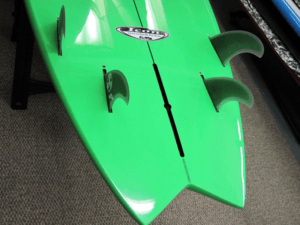
The good news is that you are blessed with a lot of options when it comes to SUP fins. Right from the type of material to the design to the number of fins. The problem that boarders may face is selecting which fin will suit their needs. And that is exactly why I bring you this post. You will find all the information neatly ordered for your reading pleasure. Enough talk, let’s get down to business.
The Perfect SUP Fin Size
Things are fairly simple in this section. There are two types to choose from: large or small. Most of the fins fit into these two categories, with just a slight deviation from one another. The thought process here is also simple: Long fins will provide you more stability in a straight line, making them ideal for rookies; the short fins will add more speed and maneuverability, something that will definitely appeal to advanced SUP-boarders. Choose one that reflects your ability and the water conditions.
If you really want to go into detail with the Fin Size, I recommend you check out finsciences.com. Doug created a really neat calculator to figure out your perfect fin set.
The Angles
Now, this is where a true SUP enthusiast can go all crazy. There is but one fin, but the accessory can have multiple contours and angles to provide the perfect ride experience. If you are new to the sport, don’t sweat too much. You will find all you need to know about angles in this section.
- Sweep
To start off, we have the sweep – the most important part of a fin’s design. The more pronounced the sweep, the more performance it delivers. The less pronounced the sweep, the more rigid your board will be on the water, which means more stability.
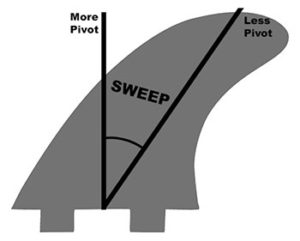
- Cant
The cant is the angle the fin makes in relation to the bottom of the board. The more angle you have here, the more responsive your board will be. If there is no angle, the board will travel faster in a straight line. The choice you need to make is between control and speed. Racers would prefer more cant.
- Foil
This is the angle created between the thick, middle portion of the fin and its thin, top portion. The foil’s purpose is to provide lift to the board. This comes in handy when you ride the waves with your SUP. One thing to watch for: the more foil on the fin the more drag it creates.

- Toe
When you place fins below the board, it creates a natural angle to the center. This causes the water to flow towards the outer portion of the board, increasing rider responsiveness.
The Materials
Even before you begin to choose the right type of fin, the very first decision that you will have to make is selecting the right material. There are a wide variety of choices, starting from basic plastic and rubber to the more advanced fiberglass. It all boils down to two things: Your expertise, and your requirement.
Beginners are better off with the basic materials. They are sturdy, solid, and economical. Plastic and rubber fins will provide the necessary thrust and balance, which is very important when you are new to SUP.
Things get really interesting, material wise, as you climb up the SUP ladder. You have fins designed from glass, carbon fiber, honeycomb fiberglass, and resin. The various materials are designed for one thing: performance. They can make you go faster, give you more feel and control of the board, and allow you to perform turns without losing much speed. These advanced materials are ideal if you are into racing or SUP surfing.
The Design Elements
Knowledge about a fin’s design elements will enable you to select the right type. The principal elements are Height, Base, Rake, and Area.
The fin’s height determines its ability to track. An important aspect in flatwater conditions for beginners. A tall fin provides additional stability and comfort. Shorter fins allow the board to go faster and turn quicker as well.
The base again plays a key role in tracking. The bigger the base, the faster your board will move in a straight line. A short base will provide for more pivot. Another factor that can affect the pivot is the shape of the fin’s tip and the angle it creates to the base.
Perhaps the most important design element of the fin is its rake: A combination of the sweep and the foil. The rake dictates the board’s efficiency in how smoothly it cuts through the water. The more the slant, the less drag your board will have. Minimal slant may aid turns but increase drag.
A fin’s surface area creates the most impact. The further a fin drops into the water the more drag it will create. The upside is that you will benefit from more tracking. The closer a fin is to the board’s body, the less drag it will provide.#
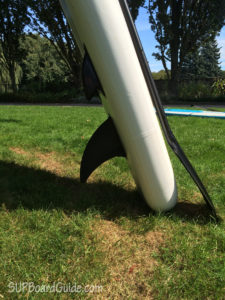
The Number Of Fins On A Stand Up Paddle Board
In the concluding section, I will address the number of fins that can be used to suit your style of SUP. You can go for the traditional one-fin-in-the-center setup. This is ideal for those who are new to SUP. For the more adventurous, I would recommend the 2 or 3 fin set up, also known as the thruster. Then there is the Quad fin setup that allows for enhanced maneuverability and pivot.
PS:
The closer your fin is attached to the nose of the board, the faster it will ride. Moving the fin back will allow more stability.
SupBoardGuide Editorial Team
Latest posts by SupBoardGuide Editorial Team (see all)
- Best Inflatable Paddle Boards (iSUPs), 2025 - July 3, 2025
- Best Cheap Inflatable Paddle Boards (2025) - March 26, 2025
- SeaGods Carta Marina CX Review - January 31, 2025



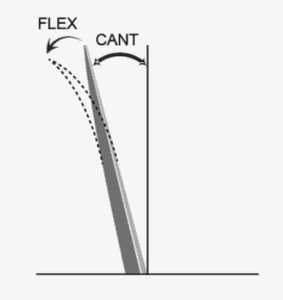




As a beginner who is really enjoying this sport…thanks so much for the wealth of information you are providing here! This is awesome and I continue to learn from you as I read more on your pages each day. Thanks Again…
Thanks, Nathan! So glad you enjoy our content 🙂